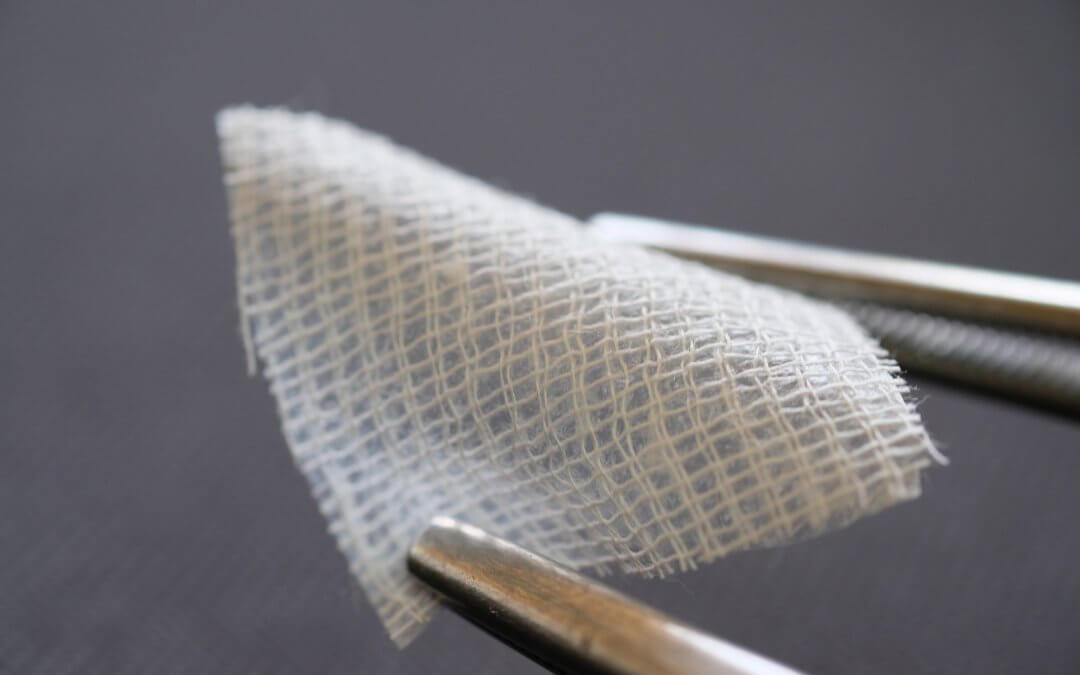After a nick caused by a small shard of glass went unnoticed, Canadian Ron Williams developed a deep, infected wound spanning from the heel to the middle of his foot.
Even after six months of hospital treatment, the wound wouldn’t heal; if the infection had persisted, his leg would have needed to be amputated.
Now, thanks to a pioneering wound-care program involving the application of amniotic membrane from donated placentas, there is barely a scar left[1].
What is the amniotic membrane?
The amniotic membrane, also known as the amnion, is the inner layer of the amniotic sac, which holds the amniotic fluid and protects baby as they grow and develop during pregnancy.
Although it is normally discarded as waste after birth, along with the placenta and the rest of the amniotic sac, the amnion has anti-inflammatory, anti-bacterial and anti-scarring properties[2]; its wound-healing powers were first documented over 100 years ago[1]. It is used in a variety of medical specialisations, including ophthalmology (eye care), wound and burn care, gynaecology and surgery[3]; research suggests it could have properties stimulating tissue regeneration, showing potential for use in regenerative medicine[2].
What does the wound healing treatment entail?
A layer of amnion is applied to the wound, then dressed and left undisturbed; the procedure is repeated once a week until the wound has completely healed. In Mr Williams’ case, the wound healed almost 60% in the first week, and fully closed after five.
Dr Balram Sukhu, director of Mount Sinai Allograft Technologies, which runs the amniotic membrane program at Mount Sinai hospital in Toronto, Canada, says treatment has been provided to more than 80 patients, and has resulted in wound closure in all cases.[1]
Why is this kind of treatment not more widely used?
Dr Mark Jeschke, medical director of the burn program at Hamilton Health Sciences, a hospital network in Canada, says the challenges in bringing this treatment to wider availability lie in the process required to obtain amnion grafts[1]. In Canada, amnion grafts are made from placentas donated by mothers undergoing elective C-section; this is also the case in the UK, where only two hospitals are set up to take donations[4]. While NHS Blood and Transplant provides amniotic membrane grafts for ophthalmic surgery[5], amnion dressings for chronic wound treatment could be harder to come by, and can be pricy, with a NICE document estimating the cost at around £1,000 for a 2x3cm graft[6].
Can you save your placenta?
The alternative to placenta donation is private placenta storage, meaning your placenta, including the amnion, is stored in a private bank so that it can be available for you or your child’s future use, should it be needed.
This is typically done as part of cord blood banking, storing the powerful stem cells from your baby’s cord blood along with cord tissue and the placenta. These cells and tissues are being investigated in numerous clinical trials for their potential in treating a wide variety of injuries and diseases.
If you’d like to find out more about private banking for your baby, fill in the form below to receive your free welcome pack, full of all the details you need to make an informed decision.
References
FIND OUT MORE, REQUEST YOUR WELCOME PACK TODAY
All you need to know to make an informed decision.
Provide your contact details to request:
– Complete Welcome Pack and Parent’s Guide
– Information via email
– Contact from our specialist advisors









